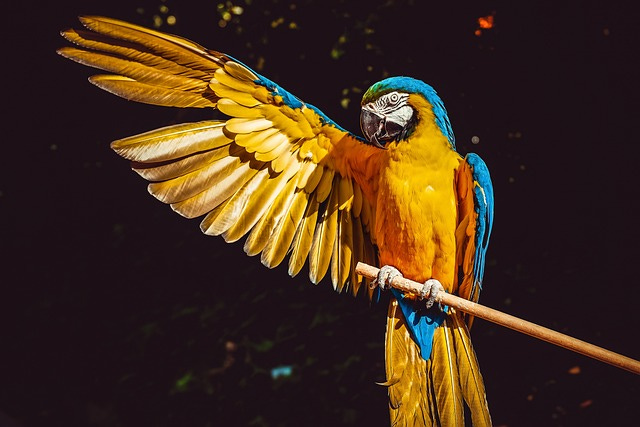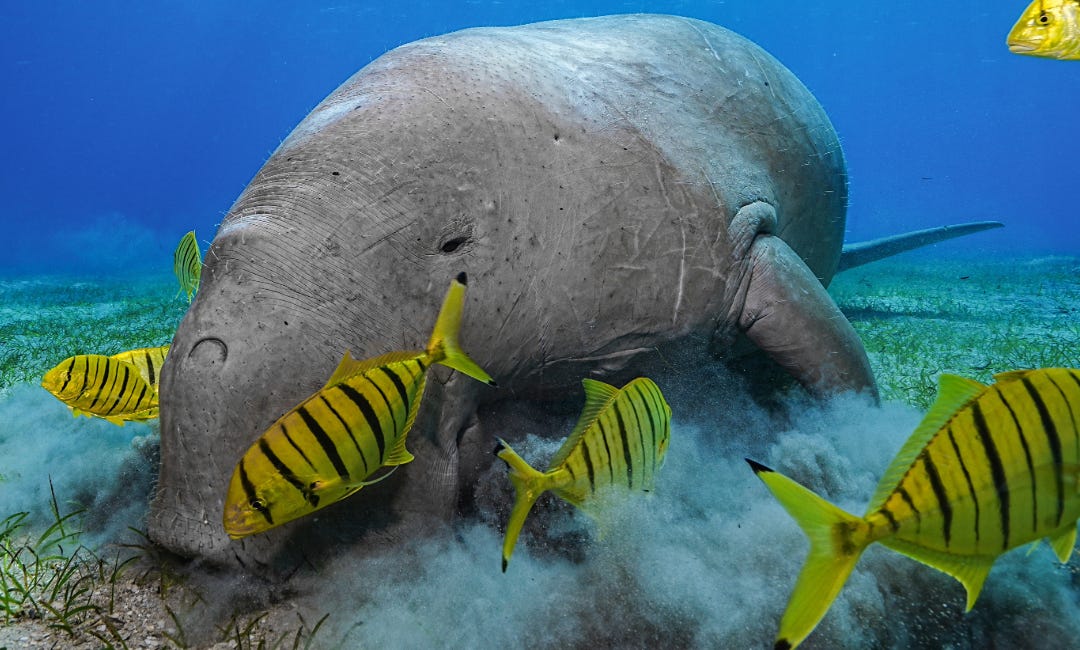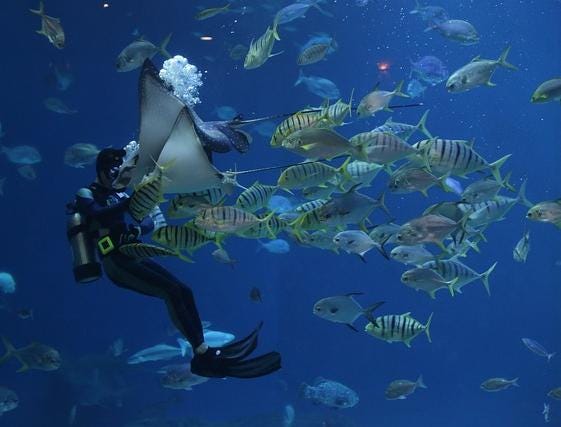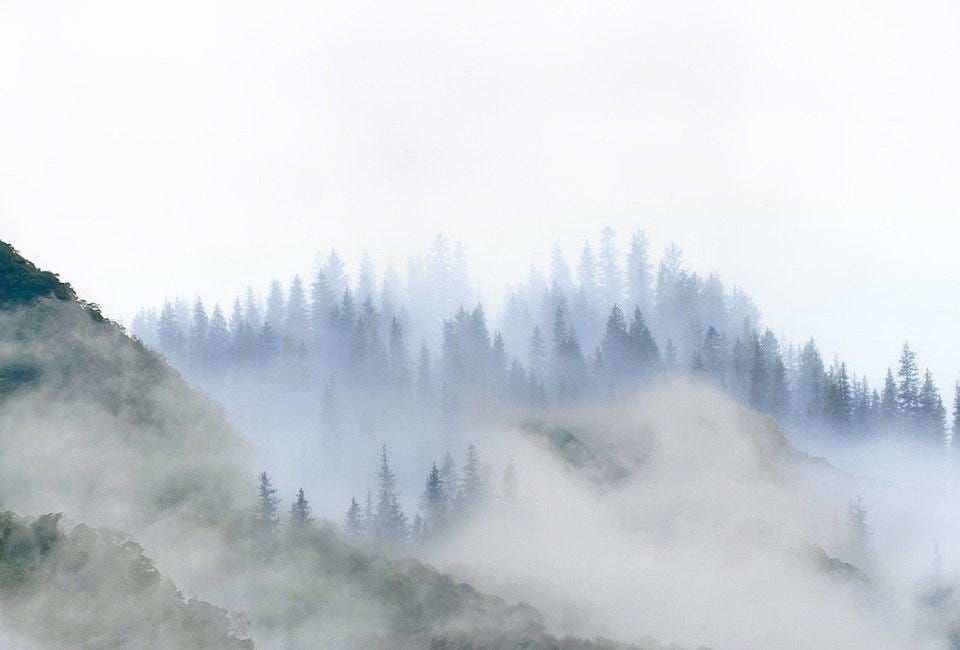Chapter 8: The Kingdom of Animals - Reptiles and Birds
Continuing adventures in the Kingdom of Animals with reptiles and birds. Can we tell reptile from bird? Can a creature have wings and not be a bird? Join an expedition with Mary Anning to find out!
Part 1: Reptile or Bird? Easy to Tell Even in a Shell
[Jesus said,] “Behold, I send you forth as sheep in the midst of wolves: be ye therefore wise as serpents, and harmless as doves.
-Matthew 10:16, KJV
We are nearing the end of our grand tour as we continue to move through the vertebrates of the Kingdom of Animals. Today we will visit with the reptiles and birds, so you can just hop on the back of an ostrich for the trip – we don’t have far to go. Reptiles and birds have some surprising similarities (although nearly all of them are hidden out of view), but most of the time they are easy to tell apart.
There is a funny little book called Flap Your Wings by P.D. Eastman where a little boy finds an alligator egg on the ground, and mistaking it for a bird’s egg, puts it into a nearby nest. The new mother and father bird work themselves to the bone to feed their growing baby, only to figure out later that he belonged in the nearby pond the whole time! This distress might have been averted if the boy (and the birds) had known the simple trick to tell a reptile’s egg from a bird’s. Bird eggs are ovoid in shape, meaning that they are tapered at one end. Alligator eggs, on the other hand, are oval in shape, with the same thickness at both ends. Turtle and snake eggs, on the other hand, are often round with a soft, leathery shell. A few reptiles are even born live from their mothers, while all birds lay eggs. Both birds and reptiles are born looking like a small (although sometimes ugly) version of its parents, unlike amphibians that change shape as they grow.
Once they are grown, reptiles and birds are even easier to tell apart. Reptiles range from slithering snakes to basking lizards to snapping crocodiles to armored tortoises Reptiles are most recognizable because of their dry skin that is covered with thick scales or horny plates. They are found in many parts of the world, from tiny geckos living on the islands of the Caribbean to the enormous saltwater crocodiles of Australia. You will find huge leatherback sea turtles 3,000 ft (1,000 m) below the sea and tiny draco lizards gliding from tree to tree in the Malaysian rainforest. In your own backyard, you might find some skinks or garter snakes if you’re lucky (or a Gila monster and rattlesnake if you are less lucky). Despite being so widespread, reptiles are almost never found in very cold regions because they, like amphibians and fish, are cold-blooded.
Birds, on the other hand, are warm-blooded, their bodies maintain the same temperature regardless of the temperature around them. This feature, along with the birds’ lovely feathers, allows them to live in even the coldest climates. You can find birds living all over the world, such as snowy owls near the North Pole, gentoo penguins in Antarctica, long tailed quetzals near the equator, and birds of all shapes and sizes in between. There are bar headed geese that can fly in the thin air over the Himalayan mountains and emperor penguins that can dive over 1,700 ft (500 m) under the ocean. You are likely quite familiar with the little chickadees and robins (or other birds) that live near your home, as well as the ones that are domesticated (tamed by humans), such as the chickens, turkeys, and geese that you might see on the farm and pets like parakeets and macaws.
Birds all have two legs (often covered with tough, scaly skin) and wings (although some cannot fly). Birds also do not have a mouth with teeth like most other land animals, but instead have a beak or bill perfectly designed for whatever type of food the Creator has given them to eat. The most striking feature of birds, however, is their unique feathers. Bird feathers come in different types for different uses – waterproof feathers to stay dry, downy feathers for warmth, contour feathers for flying, filoplumes to sense air pressures, and bristles like whiskers on some birds.
All feathers have the same parts (although some types have more or less of each part for their different uses). Imagine a beautiful blue parrot feather (or would you rather it be from an eagle?). The stiff piece running its length is called the shaft (its more technical name is the rachis), with the quill (also known as the calamus) at the end attaching the feather to the bird. Starting at the quill and moving up, we first come to the afterfeathers, sweet, fluffy wisps for insulation. Further up along both sides of the shaft is the blue vane – the feathery part – made up of individual barbs (those individual wisps along the length of the feather). This part of the feather is smooth on one side of the barb and hooked on the opposite. This design allows the feathers to stick together to improve warmth and water resistance. This amazing creation makes the birds a most remarkable member of the Kingdoms of Creation.
Check out Chapter 8A Podcast Episode!
Part 2: Wings Do Not a Bird Make
She sells seashells down by the seashore.
-Traditional tongue twister about Mary Anning
The grey waves wash over the rocky shores near Lyme Regis, England, as Mary Anning, clad in a warm, woolen dress and bonnet, picks her way slowly along the coast. The chilly December air sends a shiver through her bones, as she slowly, methodically looks for the skeletons of other creatures long gone. Her loyal black and white spaniel, Tray, trots at her heels, accompanying her on yet another adventure at the foot of the towering cliffs.
The winter storm the night before has washed away much of the sand, leaving behind the flat slabs and tide pools strewn with many smaller rocks and boulders. Mary knows this is the best time to look for fossils. In the decade that she has been searching for “curiosities,” as fossils were known in the early 1800s, she has made some staggering scientific discoveries, including finding some of the first specimens of Icthyosaurus and Plesiosaurus – massive marine (sea-dwelling) reptiles. She has little hope of one of these great, but rare, finds this morning, and is looking instead for the far more common shells and ammonite spirals.
Today, though, her luck strikes again as she spies a long, fragile bone, peeking out of the slab floor from under a clutter of pebbles and small rocks. She quickly bends down, brushing away the debris to reveal several more jumbled bones. Mary has seen many fossils in her time as an amateur paleontologist, but these look like none she has seen before. Leaving Tray to keep vigil over the spot (lest she never find it again on the ever-changing beaches), she hurries home to get the tools necessary to remove this large specimen. Mary Anning has found the first skeleton of a pterosaur (flying reptile) in England.
Alongside the more famous dinosaurs that roamed the land, the marine and flying reptiles once filled the sky and ocean but are now extinct (none of them are still living). Like their living relatives, dinosaurs and extinct marine reptiles had four legs (although some walked on two feet or had flippers fit for the ocean), laid eggs, and had teeth and scaly skin. Most modern reptiles are carnivores or omnivores, but most dinosaurs were herbivores to take advantage of the abundance of plants at that time.
The flying reptiles were similar to birds in that they had wings and two feet, as well as lightweight but strong bones and beak-like mouths. So why were they not birds? Flying reptiles had no feathers, but skin that stretched between the bones of their wings, allowing them to fly much like modern bats. Additionally, all of the known flying reptiles were carnivores, but many birds, of course, are herbivores or omnivores (think of the seeds that you put in the bird feeder in your backyard), living alongside fewer carnivores. Early paleontologists, many of them untrained, discovered some of these amazing creatures so that we can still know about them today through their hard work and enterprising spirits.
Check out Chapter 8B Podcast Episode!
Ready for More?
Check Out the Next Chapter
Chapter 9: The Kingdom of Animals - Mammals
Welcome to the first installment in the Kingdoms of Creation home education science program. We’re glad you’re here. Each chapter is split into two parts: Part 1 is for younger students (usually K-4); Parts 1 and 2 together are for older students (usually 5-8). The Kingdoms of Creation is a comprehensive biology program. See the full table of contents
Or the Previous Chapter
Or Visit the Welcome Page
Welcome to the Kingdoms of Creation
A long time ago in land not so far away, the Creator made a world. This world was big and beautiful, wild and wonderful, fantastic and frightening. It was full of amazing creatures like the ping-pong tree sponge (an immobile creature that looks just like its name sounds but eats shrimp in the deep dark of the sea) and the dragon mantis (a large brown …






